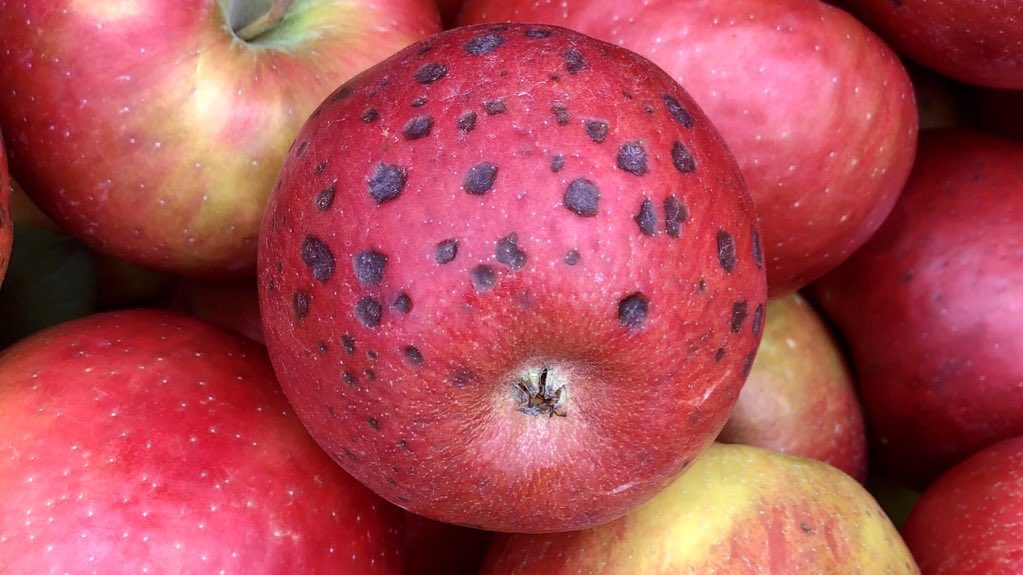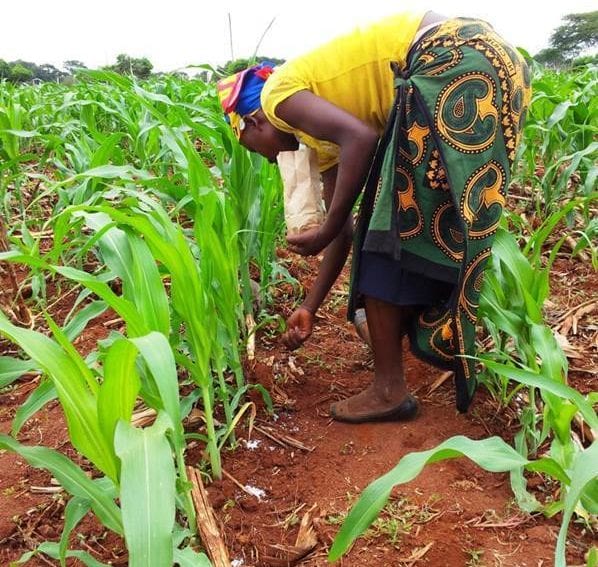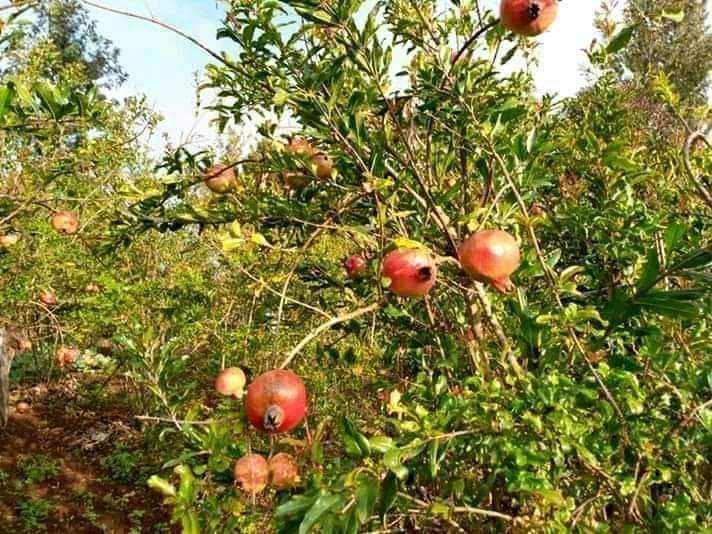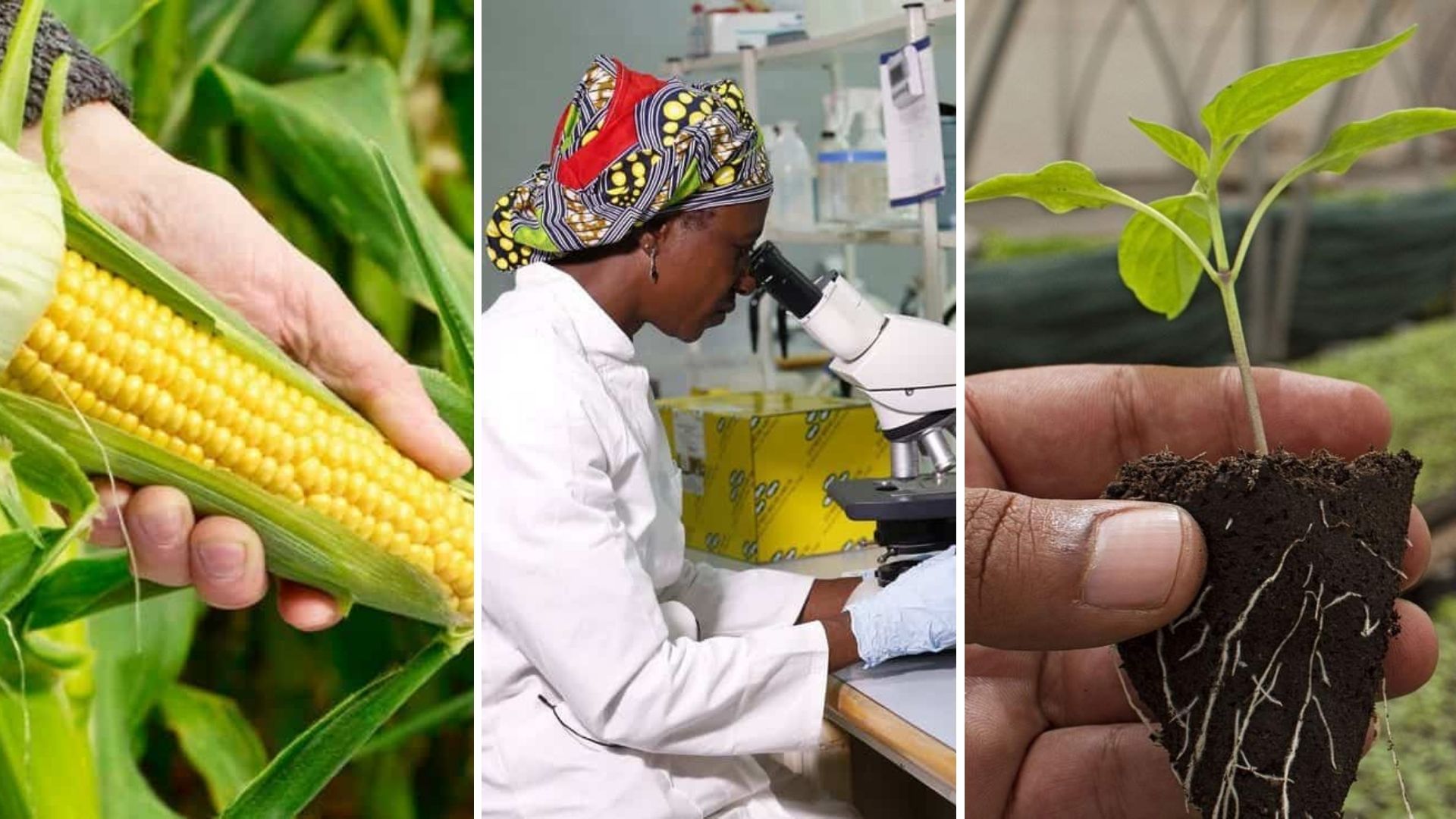- High-temperature injury: Normally, high temperature is limited for each fruit and above this limit, metabolic activities are disturbed. As for example, the skin color of Cavendish banana does not change above 30°C temperature and the Pulp of avocado becomes blackish temperature at 30°C.
- Disorder due to atmospheric composition: The quality of fruits become deteriorate due to an imbalance amount of O2 and CO2 in storage. Such as the blackening of the inner side of apple and cracking inner tissues of pear.
- Disorder due to volatile compounds: Harmful effects occur on fruit quality due to the higher concentration of Ethylene. For example, yellowing or destruction of green color.
- Disorder due to mineral deficiency: Different disorders appear on different fruits due to deficiency of different mineral salts. As for example, the soft nose of mango, cracking of cherry, Leaf tip burn of strawberry, blossom, and rot of watermelon and lenticel blotch and cork spot of apple, etc. Symptoms appear due to a deficiency of calcium.
- Chilling injury: Chilling injury is a physiological disorder of plant tissues that generally appear in tropical and subtropical plants. The chilling injury appears when sensitive tissues may be kept below 15°C temperature, although the critical temperature varies from fruits to fruits. Although there is a marked variation of the critical temperature of different fruits.
Causes of physiological disorder of fruits





